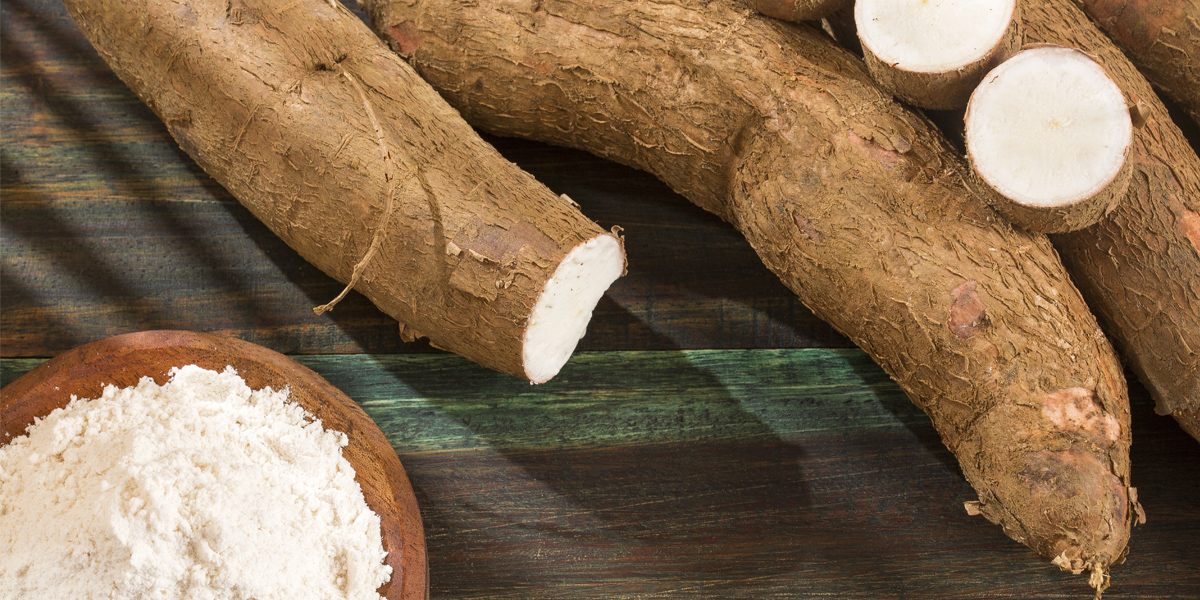Tapioca Starch
What is Tapioca Starch?
Tapioca is known for its ball-shaped cameos in bubble teas, puddings, pancakes, and other East Asian desserts but it also has nutraceutical, pharmaceutical, industrial, textile, and other commercial applications. Tapioca Starch actually comes from Cassava, a root vegetable of the Cassava Shrub. It was domesticated from wild M. esculenta populations along the southern border of the Amazon basin in Brazil. The starch is extracted from the cassava root through the process of washing and pulping. The wet pulp is squeezed to extract its starchy liquid which is dried to produce tapioca starch.
What are starches?
Starches are carbohydrates. They are polysaccharides which means that they are a chain of single sugar molecules linked together. They are insoluble in water, alcohol, and other solvents. Starch is produced from excess glucose in plants. Plants usually use starch as a reserve food supply. Starches have been utilized by humans throughout history and were even found to be an adhesive used in ancient Egypt for Papyrus Paper.
Tapioca Starch Applications
Thanks to the clean, bland flavor of tapioca starch it is an ideal ingredient for various nutritional applications such as a thickening agent in food products or nutriceuticals. When cooked, tapioca starch forms a clear gel with a unique texture and sets to a soft gel upon cooling. When added to bread products, tapioca starch can help soften the texture and reduce stickiness. Tapioca is also used in cosmetics, skincare, and personal care as a natural alternative to make products easier to apply and to avoid the use of modified starches.
Properties of Tapioca Starch

Tapioca Starch contains around 15-20% Amylose. Generally speaking, Starch is known for its high viscosity, high-shelf life. It has relatively high binding and water retaining capabilities. Tapioca Starch is also known for its ability to thicken and cook at lower temperatures than other alternative products. Like other starches, it is a fine, white powder that works well in gluten-free recipes, or as a substitute for gluten-containing ingredients. One of the benefits of tapioca starch is its usefulness to consumers grappling with food allergies, sensitivity, or aversions since tapioca starch is naturally gluten-free. Allergies to cassava or tapioca are rare.
Other Benefits
High in carbohydrates with a low glycemic index, tapioca contains saponins. Saponins offer tremendous health benefits including immune system support, normalizing cholesterol levels, and overall wellness. They also have an antioxidant effect and may even support bone strength. Saponins have a unique chemical structure that can bind with water as well as fats and oils. Saponins produce emulsification of fat-soluble molecules in the digestive, they bind to bile acids and help eliminate them from the body. This has shown to prevent cholesterol from being reabsorbed.

